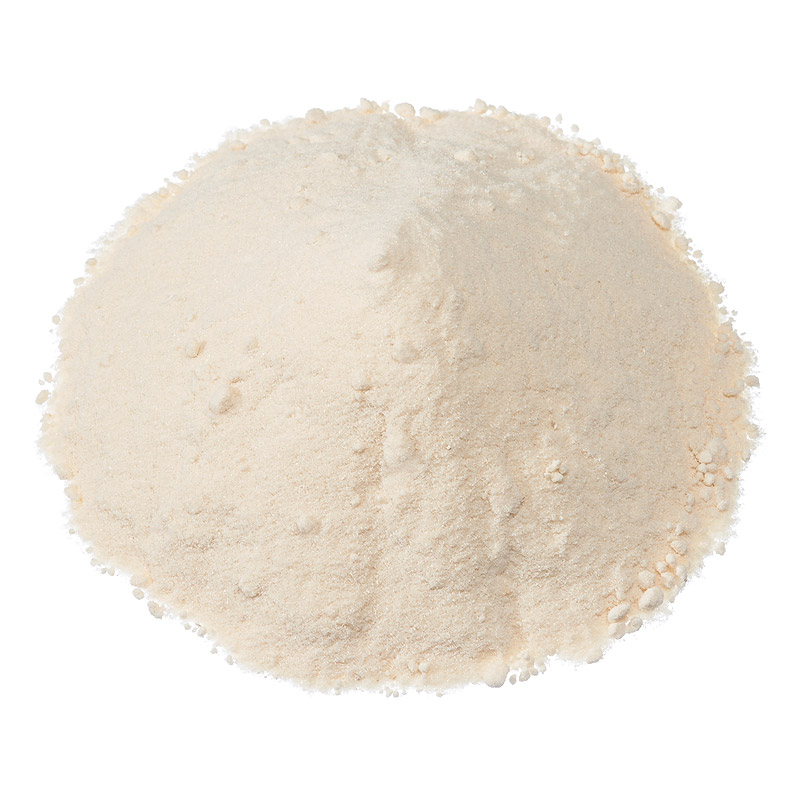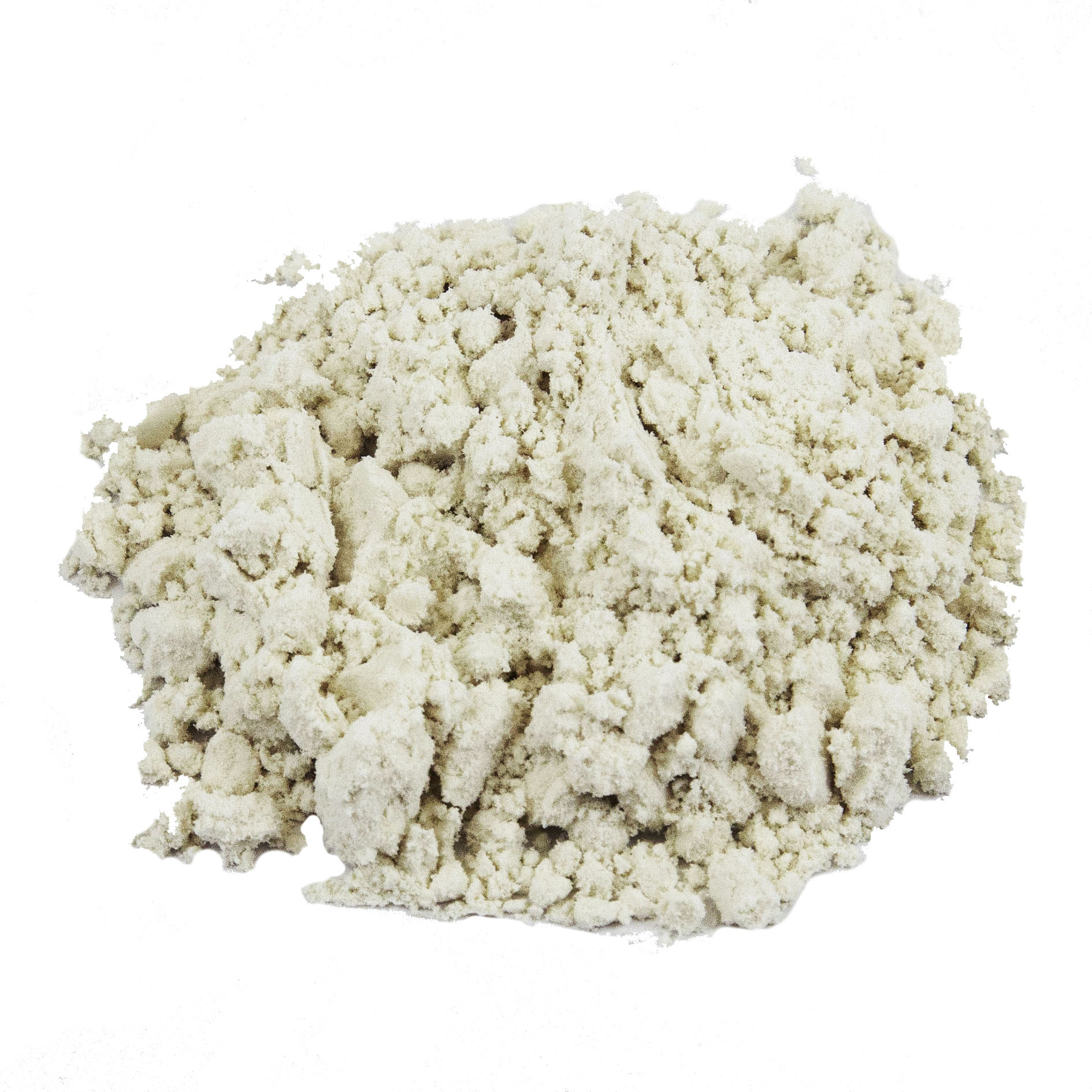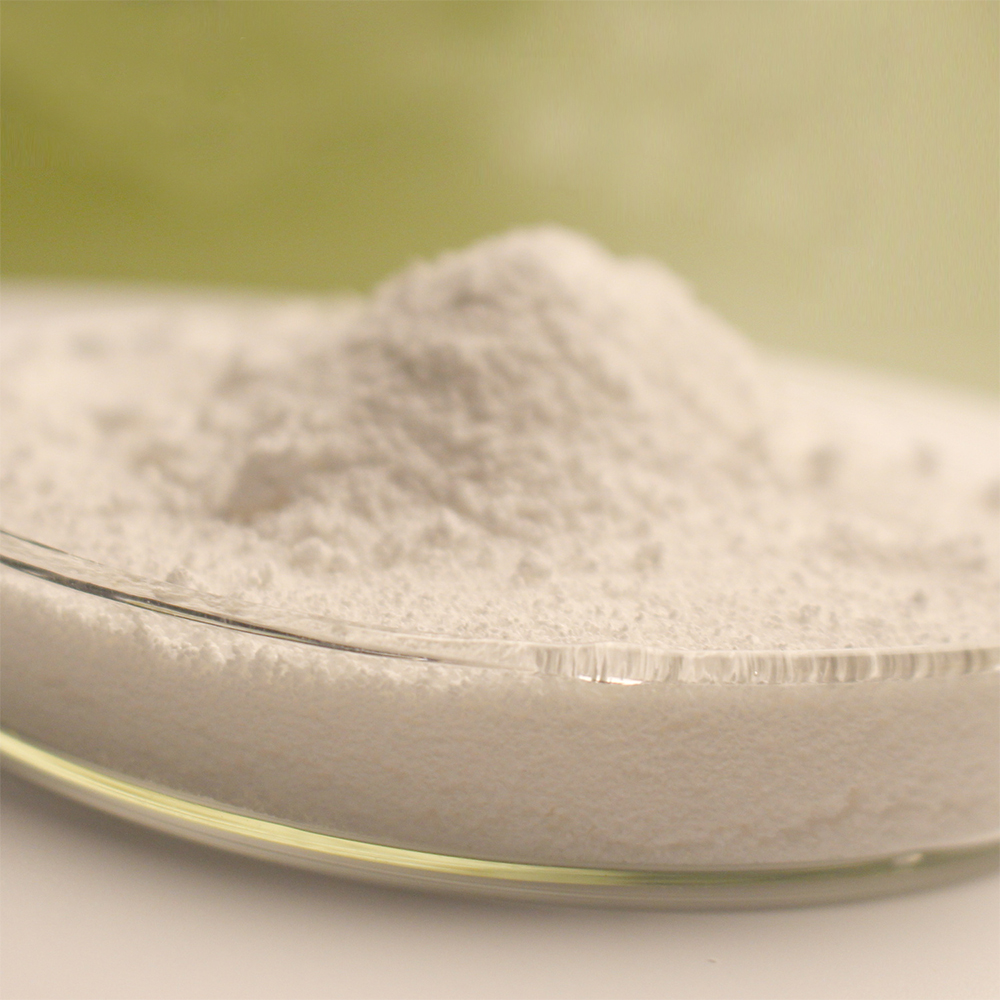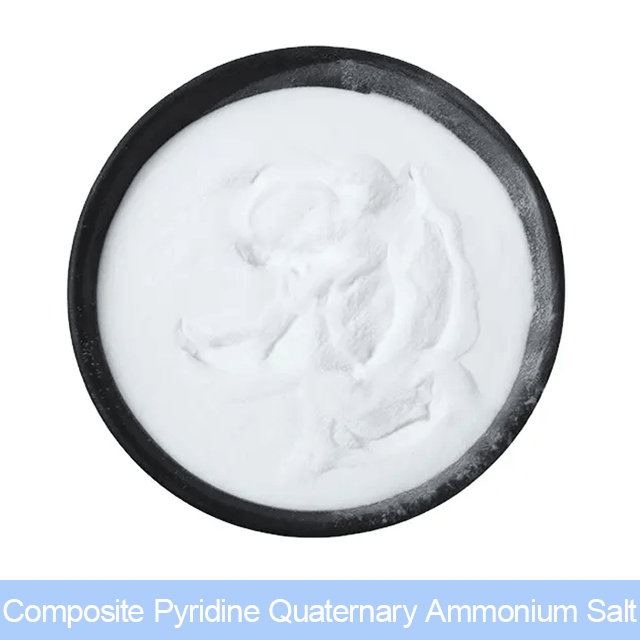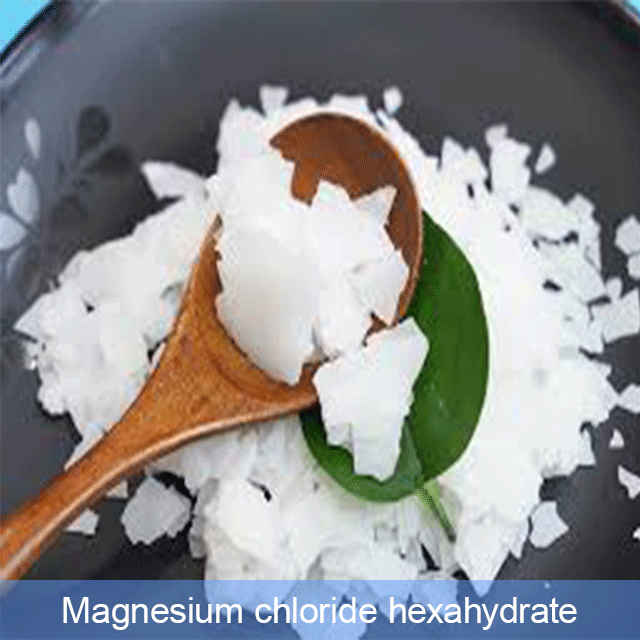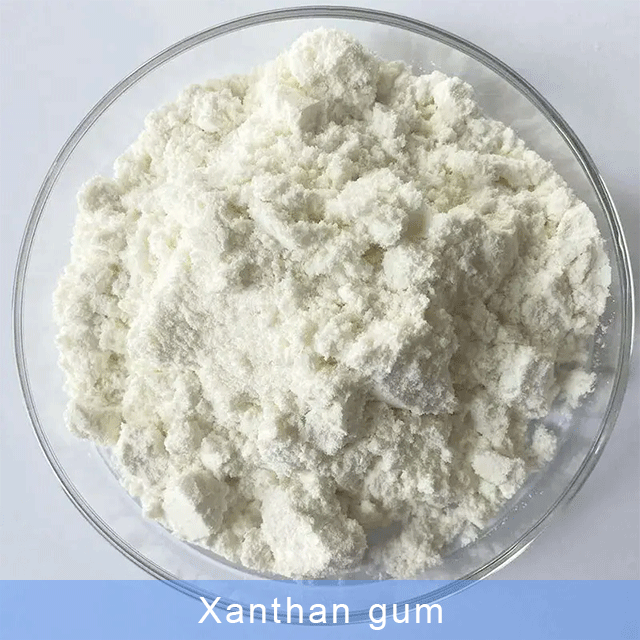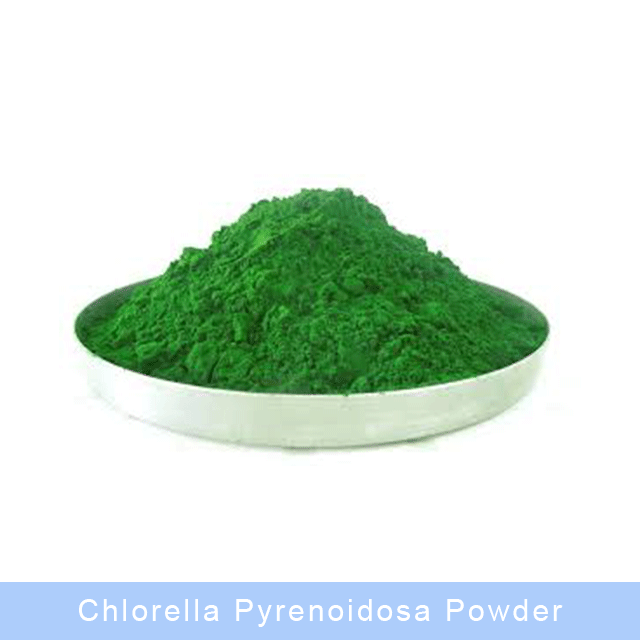CATALASE
Catalase is an enzyme that catalyzes the decomposition of hydrogen peroxide molecules. The system of 2H2O2—→2H2O+O2 is called H2O2; H2O2 oxidoreductase (E, C, 1, 11, 1, 6), its cofactor is heme, the molecular weight is 250,000, and it exists as a tetramer. Catalase exists in almost all animal cells. Except for true anaerobic bacteria, this enzyme is widely present in plants and all microorganisms. Animal liver, red blood cells, and kidneys contain particularly rich catalase, which is mainly present in the microbodies (also called peroxisomes) of cells. In the respiratory chain of mitochondria, flavin enzyme reactions, and other electron transfer in oxidation reactions, some toxic redox reaction products will or may be generated, the most important of which are superoxide ions O2- and H2O2. They are very active in chemical properties and may irreversibly damage certain biological molecules. Superoxide ions are converted into hydrogen peroxide and oxygen under the action of superoxide dismutase in cells. The main function of peroxidase is to decompose hydrogen peroxide, prevent the accumulation of hydrogen peroxide, and protect cells from the harm of hydrogen peroxide. The decomposition rate of hydrogen peroxide catalyzed by catalase is very fast, 104 times faster than that of peroxidase. Each molecule of enzyme can catalyze the decomposition of 44,000 molecules of hydrogen peroxide per second. Since various types of natural extreme environments are distributed in my country, there are abundant extreme microbial resources. Intensifying efforts to develop catalase of various extreme microorganisms and continuously improving the production level of enzymes is expected to change the situation of my country’s dependence on imports of catalase. With the continuous development of modern biotechnology and bioinformatics, it will become possible to modify and transform extreme enzymes in vitro, and the development and application of CAT produced by extreme microorganisms will surely present a more attractive prospect.
Catalase is used in the food industry to remove hydrogen peroxide from milk used to make cheese. Catalase is also used in food packaging to prevent oxidation of food. In the textile industry, catalase is used to remove hydrogen peroxide from textiles to ensure that the finished product is peroxide-free. It is also used to clean contact lenses: the lenses are soaked in a cleanser containing hydrogen peroxide and then catalase is used to remove residual hydrogen peroxide before use. Catalase is used in the beauty industry: some facial treatments add the enzyme and hydrogen peroxide to increase cellular oxygen in the upper layers of the epidermis. Catalase is also often used in the laboratory as a tool to understand the effect of enzymes on reaction rates.
Related products
-
Food Grade
Composite Pyridine Quaternary Ammonium Salt
-
Food Grade
Magnesium chloride hexahydrate
-
Food Grade
Xanthan gum
-
Food Grade
Chlorella pyrenoidosa powder


